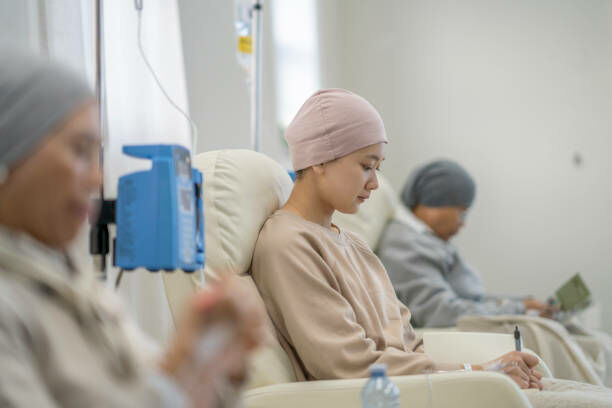Thailand battles highest bile duct cancer rate in Southeast Asia

Public Health Minister Cholnan Srikaew revealed that Thailand has the highest rate of cholangiocarcinoma (bile duct cancer) among the ASEAN nations. The minister announced this worrying statistic at an event commemorating World CCA Day in Maha Sarakham. The primary cause of this cancer is identified as liver fluke.
Thailand, being the Southeast Asia nation with the highest prevalence of CCA, is focusing on efforts to eliminate and treat existing CCA cases across 30 high-risk provinces. To achieve this, the health ministry is collaborating with several agencies, launching a comprehensive screening program for liver flukes in individuals aged over 15.
Moreover, early detection systems for cholangiocarcinoma will be implemented for those aged over 40, to decrease the infection rate to less than 1% of the population by 2025, reported Bangkok Post.
In support of this initiative, a liver fluke screening kit developed by Khon Kaen University will be used to identify high-risk individuals who are likely to develop CCA. In addition, some Royal Covid Testing Vehicles have been repurposed to facilitate ultrasound screenings.
In related news, Thailand grappled with a surge in cancer cases, witnessing over 140,000 new diagnoses annually, claiming some 84,000 lives. Despite strides in medical science, formidable cancers like liver, lung, breast, colon, and cervical persisted as significant threats. A complex interplay of genetics, diet, toxins, stress, and environmental hazards fueled this epidemic, with lung cancer particularly exacerbated by Thailand’s polluted skies and PM2.5 fine dust.
Amid these challenges, promising innovations in precision treatments and immunotherapies offered glimmers of hope. Collaborations between hospitals, government bodies, and international partners aimed to bridge gaps in access to quality care, yet hurdles like treatment complexities, soaring costs, and strained healthcare facilities persisted.
Early detection initiatives, such as mammograms, brought rays of hope, but raising awareness and ensuring equitable access to care, especially in remote areas, remained critical imperatives in the ongoing battle against cancer.
Latest Thailand News
Follow The Thaiger on Google News:


























